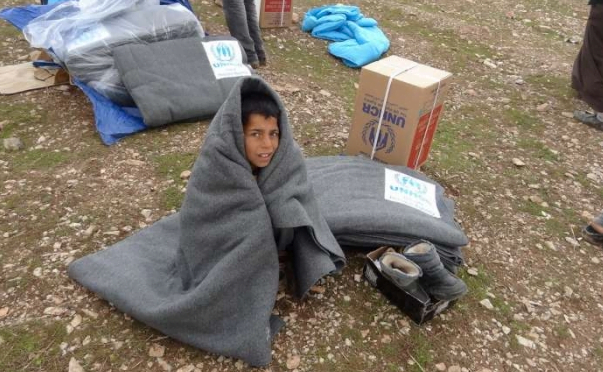Ed note. This is a special guest post By Mehmet Burk, a writer and blogger on humanitarian issues and the proprietor of ReliefAnalysis.com.
A brutal winter is on the way for Syrians displaced by conflict.
2.2 million refugees and 4 million internally displaced people are bracing for a harsh winter as a result of Syria’s complex emergency, according to Antonia Guterres of UNHCR and David Miliband of the International Rescue Committee. With a severe funding shortfall for an estimated $4.4 billion in humanitarian needs, displaced populations and humanitarian organizations face a dire situation as winter arrives in the Middle East.
Conducting humanitarian operations during the winter months has been especially challenging across the region. Two years ago, 140,000 victims of the severe earthquake in Eastern Turkey faced an extremely cold winter in tent cities. Earthquake survivors braved exposure to the cold and snowstorms, heating challenges, and access to sanitation and winter clothing. Last year, UNHCR and its partner agencies supported 300,000 refugees in Syria’s neighboring countries and addressed issues ranging from winterizing public buildings serving as shelters in Lebanon, to protecting the displaced from flooding, snow storms, and bitter temperatures in Jordan’s Zaatari refugee camp.
A major lesson learned from the last two winters in the region is that the intensive cooperation by national governments and relief agencies is essential to addressing unique public health and sheltering needs. For example, In Turkey’s earthquake zone, the Turkish government focused on rapid production of safe and sanitary housing, while the Red Crescent and Blue Crescent simultaneously addressed immediate response issues. In Lebanon, UNHCR and the Lebanese government closely coordinated to retrofit schools and other buildings, while in Zaatari, UNHCR took the lead on sheltering and sanitation as the World Food Programme supplemented to provide refugees with food supplies and kitchens appropriate for cold conditions.
In the months ahead, this required level of coordination by national governments, UN Agencies, and NGOs will be stretched to the limit by the sheer magnitude of Syria’s complex emergency. The number of refugees in neighboring countries has grown by nearly a factor of ten since last winter, and gaining access to Syria’s 4 million internally displaced is fraught with security and logistical challenges. As Guterres and Milliband assert, only half of the estimated $4.4 billion to address the humanitarian needs of Syria and its neighbors has been raised to date. For 6.2 million displaced by Syria’s complex emergency, time is quickly dwindling as winter sets in.
